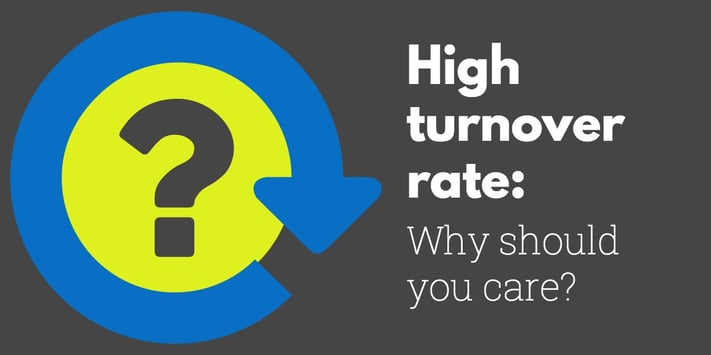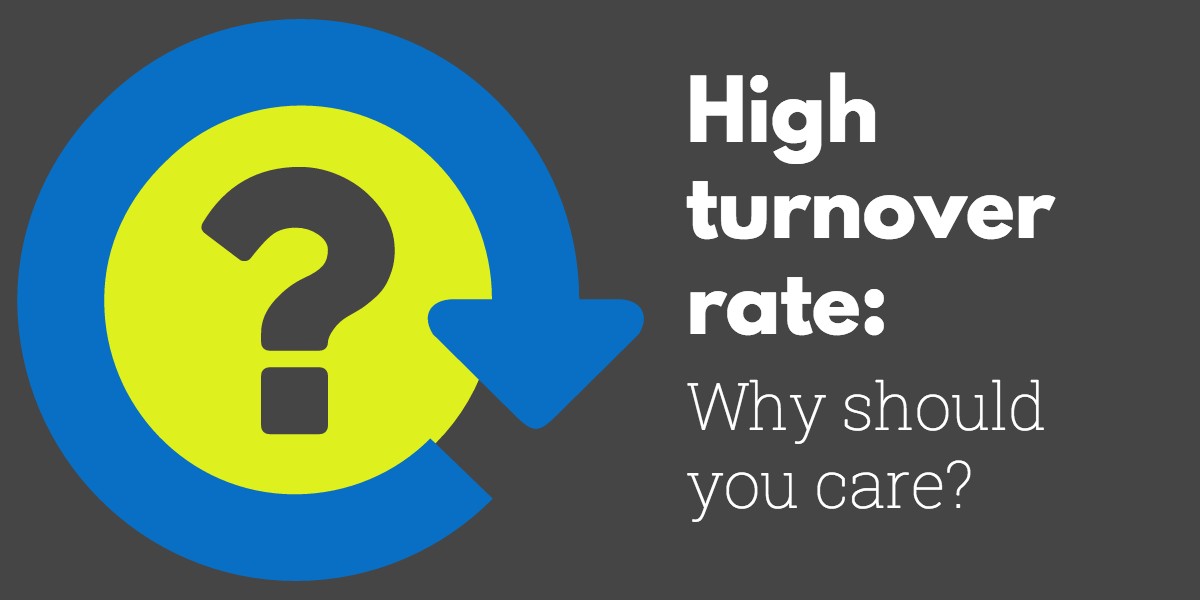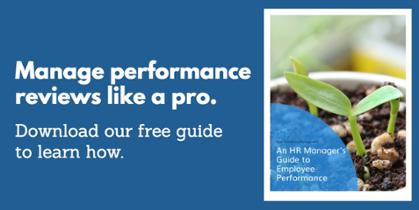
Bad news: sometimes, your most productive, positive, engaged employees will leave your company. It is a bummer, but it happens in every company across all industries. Turnover is a natural part of the work lifecycle. Part of what made those employees your best and brightest in the first place was their drive to grow. Unfortunately, sometimes that means they need to continue their career in another company.
That being said, while turnover can’t be totally avoided, it should be something you keep a very close eye on. If you’re losing strong employees at a faster rate than your competitors, it may be time to examine your corporate culture and make some changes. A high turnover rate isn’t just a clue that some of your staff might be unhappy, but it’s also a major drain on your resources. Constantly having to replace employees will cost your company in several key areas.
Here’s how high turnover can hamper your company’s growth:
Productivity
When a team is smaller than it used to be, they’re unable to do the same amount of work. Employees are only human, and their productivity can’t always scale up to account for a whole person’s workload. When remaining employees struggle to keep up with job responsibilities, customers may not get the same level of service. This may result in a damaged reputation or lost business.
Managers, besides to trying to maintain morale and keep up the same level of work with a reduced staff, often have to divert their attention toward sourcing, screening, and interviewing candidates. This takes away focus and energy that they would ordinarily spend on leading their teams to successful job performance.
Sadly, this problem isn’t solved as soon as you’ve found the right person for the job. It usually takes quite a while for them to acclimate and ramp up their performance. Between job training and learning the soft skills necessary to be successful with their new coworkers, a new hire may need more time to get the lay of the land than their team would like. According to Josh Bersin, a new employee can take up to two full years to reach the same level of productivity as existing employees. That’s a long time to miss out on optimal productivity.
Time
During periods of high turnover, managers and recruiters spend big blocks of time trying to fill open positions. Crafting and publishing job descriptions, marketing the position, fielding applications, screening and interviewing applicants, creating offers, and negotiating salaries are not easy or quick activities. There are so many moving parts involved in finding the right person to hire. Any hiccup can stretch out the amount of time without a complete staff.
The whole process can take weeks or months to complete. It all depends on the complexities of the industry or the desired skill level. If the vacancy came as a surprise, or if the role requires specialized skills, prepare yourself for a long slog. The amount of time without an employee in the position will likely become a strain on resources.
Morale
The longer a position goes unfilled, the more extra work your remaining employees will have to take on in order to keep the ship afloat. Even if their extra efforts are recognized and rewarded, the added stress can become demoralizing.
What results is a vicious cycle: unhappy employees leave. The remaining team members pick up slack, which makes them even unhappier. They leave and make the problem even wors
Even when the remaining employees’ workloads are manageable, seeing lots of former coworkers move on can raise a red flag. Staff members may start to scrutinize their own workplace satisfaction. If their comrades left unhappy with your corporate culture, they can poison the well. The tendency to see the grass as greener on the other side occasionally causes a mass exodus of staff if corporate culture isn’t positive enough to keep them happy.
Money
According to EREMedia, “When you consider all of the costs associated with employee turnover – including interviewing, hiring, training, reduced productivity, lost opportunity costs, etc – here’s what it really costs an organization:
- For entry-level employees, it costs between 30-50 percent of their annual salary to replace them.
- For mid-level employees, it costs upwards of 150 percent of their annual salary to replace them.
- For high-level or highly specialized employees, you’re looking at 400 percent of their annual salary.”
Those numbers, among the other factors above, should make it clear that it's worth your while to keep your strongest employees happy. This is much less expensive and less hassle than managing a never-ending cycle of filling vacant roles. It’s not possible to eradicate voluntary turnover and hold onto every employee forever, but it’s a good idea to do everything you can to hold onto your best people.
Take time to evaluate your work culture- including the onboarding and training processes, whether your salary and benefits are competitive in your industry, and how responsive you are to dips in employee morale and engagement. Offering better pay or starting new initiatives to improve employee satisfaction may seem expensive, but they may be the best preventative measures you can take to avoid huge staff churn cycles. Compared the the expense of losing your best employees at inopportune moments, money and effort directed at creating a positive workplace and keeping your people happy is a good investment.

